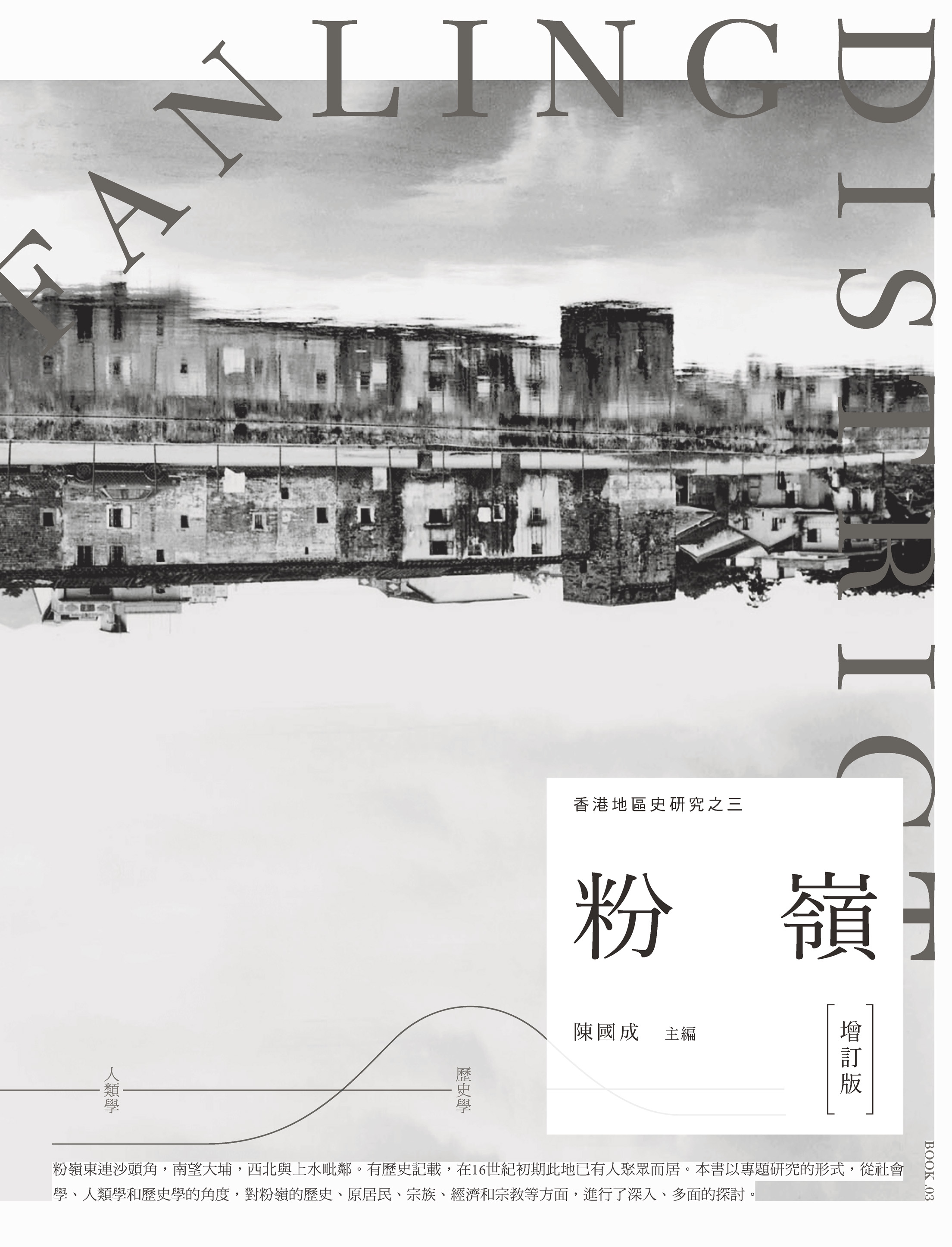
Historical Research on various districts in Hong Kong - Part 3: Fanling (Revised Edition)
This book is a thematic study that explores the history, indigenous people, clans, economy and religion of Fanling from the perspectives of sociology, anthropology and history. Fanling's history can be traced back to the Ming Dynasty. The migration and development of major clans such as the Pang family in Fanling Wai and the Tang family in Lung Yeuk Tau are important clues for analyzing the identity of the indigenous people. In addition, the book uses the case of the construction of the Luen Wo Hui market and the Christian community in the Shung Him Tong village to demonstrate the operation and management of Luen Wo Hui, as well as how it changed Fanling's role in the local economy and politics after its completion. The book also discusses how the non-native people living in the Shung Him Tong village coordinate the identities of Christians and Chinese people within the traditional framework of the Basel Mission. The final chapter focuses on introducing some famous cultural relics, customs, architecture, and certain individual historical events in Fanling, providing readers with more entry points to further understand this region. In the revised edition, the property rights and interests of women in the walled villages of the New Territories are also discussed. The traditional culture preserved in Fanling is a precious asset and historical imprint of Hong Kong. With the New Northeast Development Plan proposed by the Hong Kong government, how Fanling can connect with new developments while retaining its own characteristics is an issue that not only Fanling residents but also every Hong Kong citizen should think deeply about.




